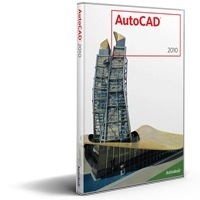
AutoCAD 2010, Wow!
This is the name given after Heidi’s review to this AutoCAD version, just a year after her talk about AutoCAD 2009. Coming from an expert woman (Spanish Idiom: “tia”) who takes 17 years seeing what is new each year, may be it would be appropriate to take a look. Several of them are what we had expected in October, I am struck by the cover image depicting the 2010 version which has been called “Gator”, and it resembles “Generative Components” … sounds familiar.
Licences
• License’s Transfer, a license can be transferred through the web connection from one machine to another, so that you can use the one you have in your 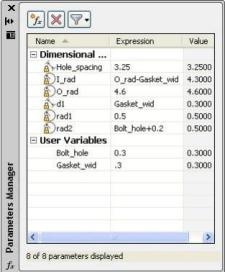 office, your home machine, and the laptop when you’re in travel I think a wonderful departure, at time that could solve the use of floating licenses in an office, so that they can be used on different machines (not simultaneously). It works through an Autodesk’s license server where we must export the license; this is released from the machine and becomes available for re-import from the same or another machine.
office, your home machine, and the laptop when you’re in travel I think a wonderful departure, at time that could solve the use of floating licenses in an office, so that they can be used on different machines (not simultaneously). It works through an Autodesk’s license server where we must export the license; this is released from the machine and becomes available for re-import from the same or another machine.
Print and online services
- Export to PDF, sending pdf is expanding, it could be sent layers’ attributes, there’s more control for what you want to send.
- Call for reference from a PDF, this is one of the best efforts and that was at the top of the wish list; implies that a pdf file might be called for reference as if it were a dwg, dgn, dwf, this means that it would keep the georeference and can even be snap on geometries contained in this pdf.
- AutoDesk Seek, you can access and serve files while we benefit from the web connection.
- STL Support, now a 3D object can be printed under the support required by some online services, including through eTransmit.
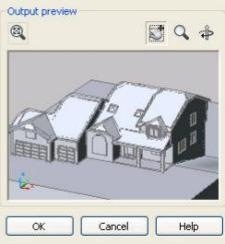 Construction Data
Construction Data
- Parameterized drawing, is the name given to a sort of settings that might be given to geometries, e.g. a Trapeze that has half of its height; thus could apply to work a section of a retaining wall, and just only drawing height it will create us the geometry.
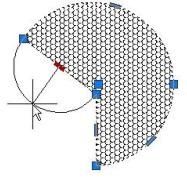 Dynamic blocks, closer to the reality of what they represent. It means that properties could be given to blocks, like saying for example, this is a door on plant view, and it will always have 10 cm thick, both the sheet as the trim-frame, but his gap width can vary, as well as the wall’s width. In this way we could use a same block for different door types based on an attributes table.
Dynamic blocks, closer to the reality of what they represent. It means that properties could be given to blocks, like saying for example, this is a door on plant view, and it will always have 10 cm thick, both the sheet as the trim-frame, but his gap width can vary, as well as the wall’s width. In this way we could use a same block for different door types based on an attributes table.- Hatch, there has been given enhanced capabilities, such that a hatch may be edited and extended to a boundary.
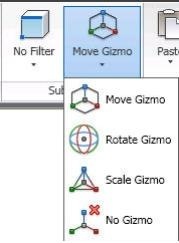 3D Work and display
3D Work and display
- Smoothing digital model, as said by Heidi, surface modeling could soften, so hunting an image on this would be more realistic. For this I suppose that they have worked hard on improving the processing’s speed, if it doesn’t, it’ll consume much more resource that it no longer has. Although for designing parts with mechanical finished, which color is flat, it looks good and does not require much memory.
- 3D Juggling, now it could be handled an object’s view in three dimensions without having to define a rotation axis. This is for giving more functionality to the Wii controls that are becoming popular, which means that with the mouse wheel pressed could be created turns as with Google Earth.
- Selection of sub-objects, now a 3D grouped object, such as a cube could be selected its faces individually, as well as when you are touching objects in Corel Draw, which though are grouped, functionality comes as a filter, but I hope with can be selected with the ctrl button and changed their properties without exploiting them.
- Rotate Viewport, cool!, it can be rotated to maintain the drawing’s orientation or turning it too.
- Preview of the model, as well as one could see a layout, now you can see the model.
- Sheet sets, greater control of the sheets and tables that will be published.
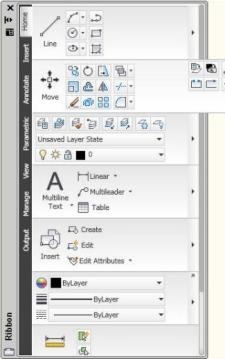 Interface
Interface
- Application Bar, in the upper left corner it will be added an option to enable or disable toolbars, for content those who still are not in Office 2007 style although it is not bad for the use of monitor’s verticality.
- Ribbon, The gang (“mara”) but requested more flexibility to find the tools, so it should now be more manageable its conformation.
- Shortcuts Bar, seems more similar to what people associate with Windows applications that have shaped patterns commonly accepted. We’ll see if it’s as simple as “send to the panel”.
- References, now, to call a reference, the Ribbon / Isert has the necessary controls to define the file properties being loaded, like dwg, dgn, dwf, raster or pdf.
Dimensioning nd text
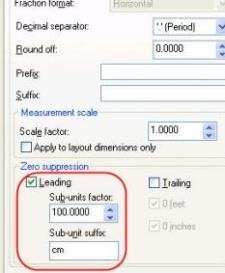 Multileader, now it is possible to mark indications from one to several, i.e. with a single text various indication arrows are associated, of course.
Multileader, now it is possible to mark indications from one to several, i.e. with a single text various indication arrows are associated, of course.- Text dimension, is now more controllable, practically you move it where you want without much return.
- Find and Replace, you can now highlight the resulting text from a search, possibly in a table, and be able to zoom to the entire selection.
- Mtext, now multiple text can be manipulated by 8 checkpoints without (Spanish idiom: “destromparse”) messing up our life.
- Spelling now includes undo and redo if you make a mistake, Alleluia!
- New Features Workshop, to learn what is new in this version … we’ll have to survive with this annoying command the whole year.
- CUIx, Txus probably will know what the meaning of this is, apparently is new yet implemented. We’ll see if there’s a reaction from our friend.
 Various utilities
Various utilities
- Measure, it’s a group of area, distance, radius, angle and volume measures, means that it could be made in a more practical way. Although everyone expected that it could be tabulated and not in the command line; and if so, the properties of a series of lines would be as easy as a table send to Excel … it had to be seen.
- Purge, now is possible to purge linear objects with zero length (non points), also texts not containing characters… that’s good, because the topological cleaning was a madness because of this type of garbage.
- Action Macros, it can be configured linear processes, perhaps similar to what is called “Geoprocessing” in ArcGIS, we’ll have to proof it.
- Object Size Limit is increased to at least 4 GB (depending on your system configuration), providing more flexibility…?????? No idea of what this can be.
- Initial Setup, it is partnering user preferences to the workspace
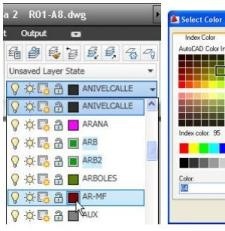 automatically. I understand that when the user enters, may choose workplace environment with certain viewing preferences, units, snaps, ucs, etc.
automatically. I understand that when the user enters, may choose workplace environment with certain viewing preferences, units, snaps, ucs, etc.
Edit
- Reverse direction, this is a great functionality; a linear object may change in its direction sense. Currently, property is acquired as it was built, but you cannot modify it unless you draw in reverse or rearrange it. It’s very handy for streets routes and polygon’s stations.
- Life at spline’s mode, you can now convert a spline into a pline. Remember that a spline generated conflict for the area’s calculation, or for joining it to a spline; Ah, and if an innocent made contours using this… was doomed to die.
- Color layers, now it is possible to change the layers color without having to open the panel, directly from the drop-down menu.
It seems that changes won’t be significant as compared to AutoCAD 2009, which meant nothing more improvements than it already is, but we have to rescue that many of these new features are valuable. I must admit, it will be necessary to test this version, to ensure that what we understood in this post is really so. For now, noise has started in what we’ll know as AutoCAD Gator 2010 for the rest of the year.
Here you can download the guide’s novelties in AutoCAD 2010.
Here you can view video demonstrations of the new features.
There are also on Youtube videos of AutoCAD 2010 LT.
 Autocad Software, Bentley Microstation, Gis Google Earth, Gis System Geomate Provides Services For Complete Gis Software And Solutions, Autocad Software, Autocad Courses, Bentley Microstation, Microstation Software, Gis Google Earth, Open Source Gis And More.
Autocad Software, Bentley Microstation, Gis Google Earth, Gis System Geomate Provides Services For Complete Gis Software And Solutions, Autocad Software, Autocad Courses, Bentley Microstation, Microstation Software, Gis Google Earth, Open Source Gis And More.